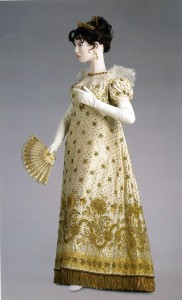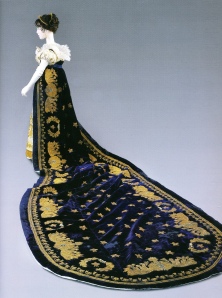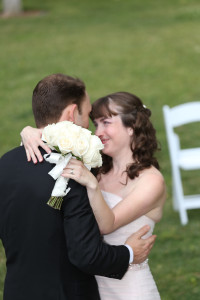Amanda will be back with her regularly scheduled Tuesday post next week, because this week she is busy being on her honeymoon! Wedding pics will surely be shared then. This week, we’re visiting the Wild, Wild West with guest author Linda Carroll-Bradd. Comment for a chance to win a copy of her latest title….
Stagecoach Travel in Texas– Only The Hardy need Apply
In the mid-1800s, people needed determination and patience to travel from one side of Texas to the other. Early in the Civil War, the government banished the Butterfield Overland route that had been an established route from St. Louis, Missouri to San Francisco through the southern states. Subsequent to the war, shorter routes were established between population centers. Stagecoaches ran on a weekly or bi-weekly schedule. A trip from St Louis to San Francisco involved about 25 days of travel. The coaches were drawn by six horses and stops were made every 12 miles for fresh teams. Depending on the terrain, coaches covered between 5 and 12 miles per day—running day and night. Passengers were grateful to get hot coffee, biscuits and jerky at these stops; on rare occasions, hot meals were available.
 The suggested items to travel with would have filled a large satchel or three. In addition to their clothing, passengers were admonished to pack 6 pair of thick socks, woolen underdrawers, blankets—one in summer and two in winter, 3-4 towels, heavy overcoat, light coat, hat and their choice of pistol or knife for personal protection. A lady such as Jessamay Morgan from San Antonio reading that list and traveling in summer would probably not worry about the woolens or blankets.
The suggested items to travel with would have filled a large satchel or three. In addition to their clothing, passengers were admonished to pack 6 pair of thick socks, woolen underdrawers, blankets—one in summer and two in winter, 3-4 towels, heavy overcoat, light coat, hat and their choice of pistol or knife for personal protection. A lady such as Jessamay Morgan from San Antonio reading that list and traveling in summer would probably not worry about the woolens or blankets.
Once Jessamay got inside the stagecoach, she would have had her choice of window or middle position (approximately 15” in width) on either a forward or backward-facing bench seat. She would not have wanted to be the last to board because that would leave her on the middle bench with no backrest. As she set out on her journey, she could read the rules about men forgoing swearing and smoking in a lady’s presence, but tobacco chewing was allowed, as long as the chewer spat downwind. I would hope so. Or if the person (presumed to be a male) couldn’t refrain from drinking alcohol, then he must pass the bottle around. Yum. Snoring loudly or using another passenger’s shoulder as a pillow was frowned upon. Improper advances toward a woman could get the male kicked off the stagecoach in the middle of nowhere. Nothing about a woman making a pass was mentioned. Forbidden topics of conversation were stagecoach robberies and Indian uprisings. Sounds like a smart rule. Passengers were encouraged not to jump from the stage in case of runaway horses so as not to be left victim to the weather, hostile Indians or hungry coyotes. Ouch.
 Jessamay had a purpose and she looked at all these strictures as part of her great adventure. She was done with the life at Miss Veronica’s Pleasure Palace and wanted to see mountains—at least until she set her gaze on a handsome stage passenger, Slade Thomas. But nothing every goes as planned. The “excitement” of her first trip is interrupted by a holdup, and she and Slade fight the clock to outwit the bandits.
Jessamay had a purpose and she looked at all these strictures as part of her great adventure. She was done with the life at Miss Veronica’s Pleasure Palace and wanted to see mountains—at least until she set her gaze on a handsome stage passenger, Slade Thomas. But nothing every goes as planned. The “excitement” of her first trip is interrupted by a holdup, and she and Slade fight the clock to outwit the bandits.
Capturing The Marshal’s Heart is available only on Amazon. http://amzn.com/B00EKS4OHS
More information on Linda Carroll-Bradd and her other titles can be found at www.lindacarroll-bradd.com, http://blog.lindacarroll-bradd.com, Twitter https://twitter.com/lcarrollbradd, and Facebook at http://www.facebook.com/pages/Linda-Carroll-Bradd-author/44081494263528








